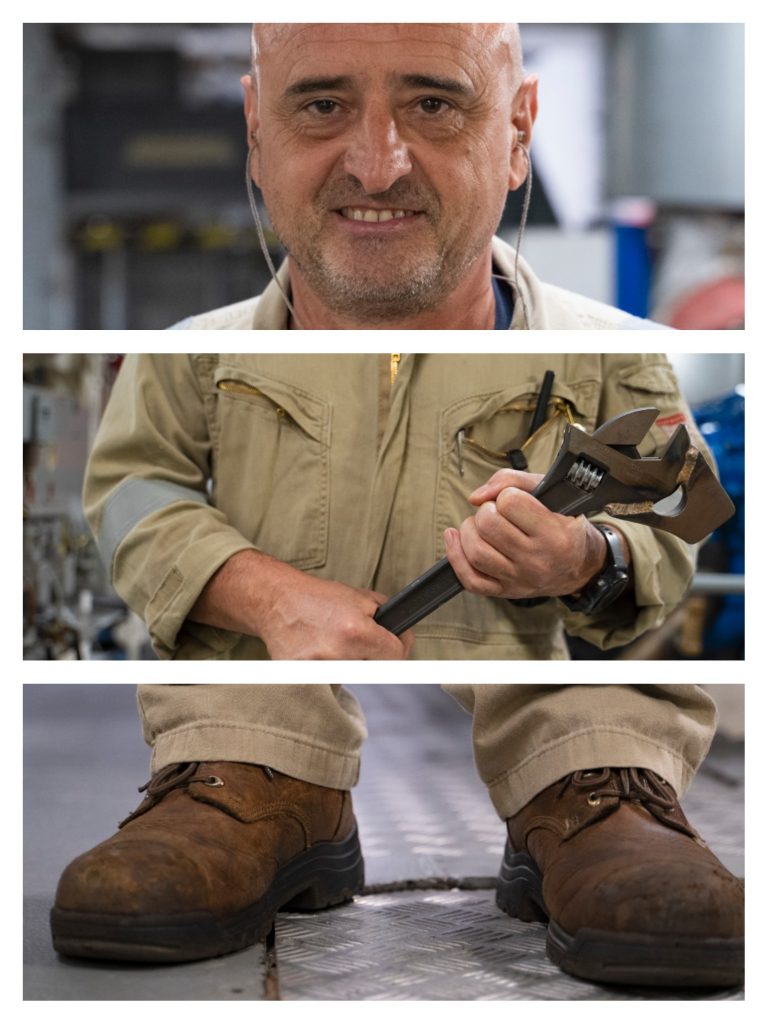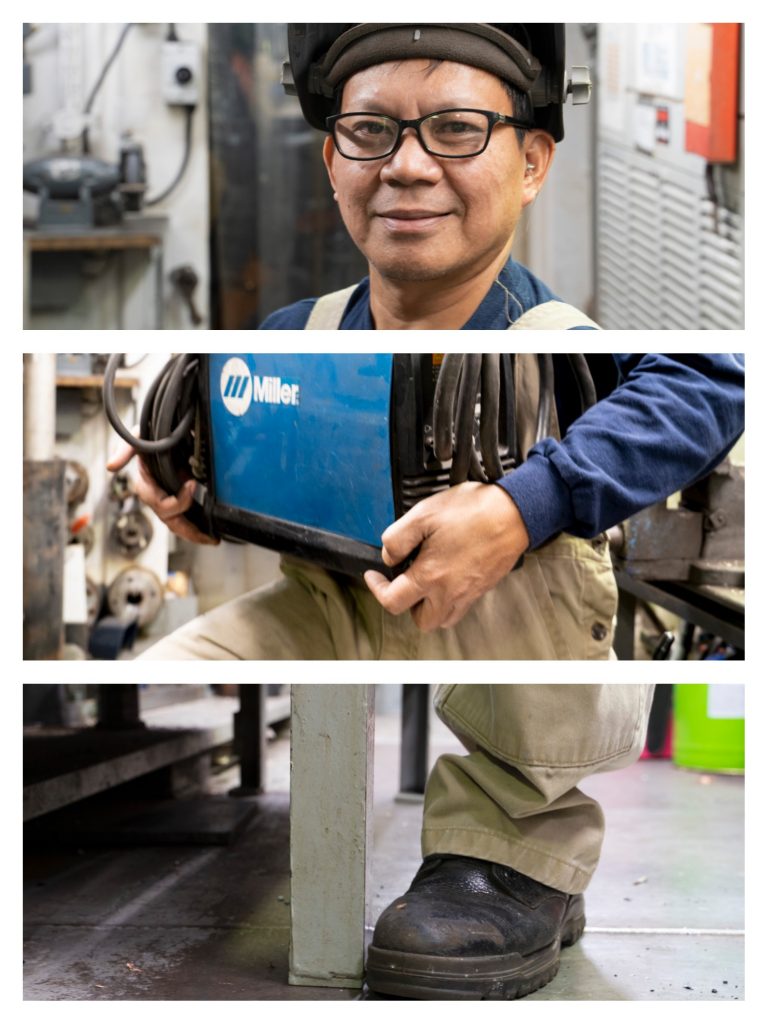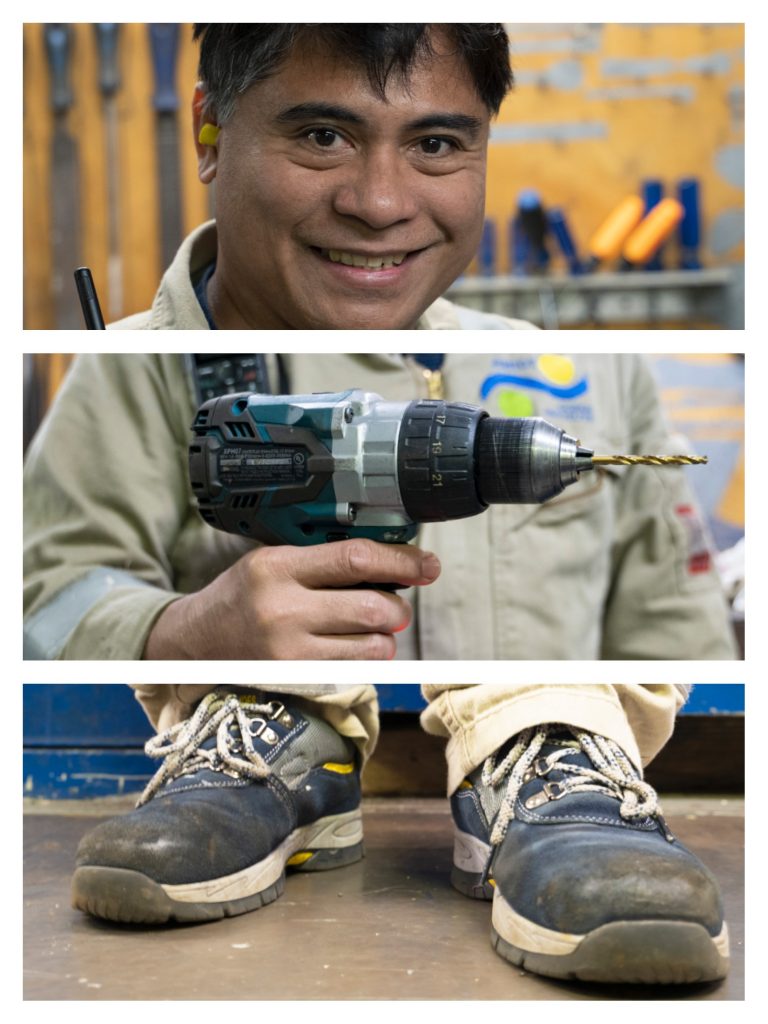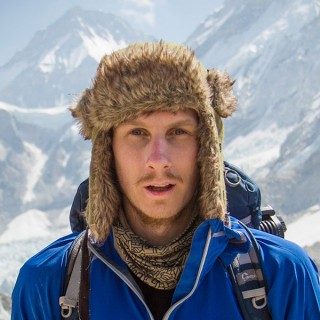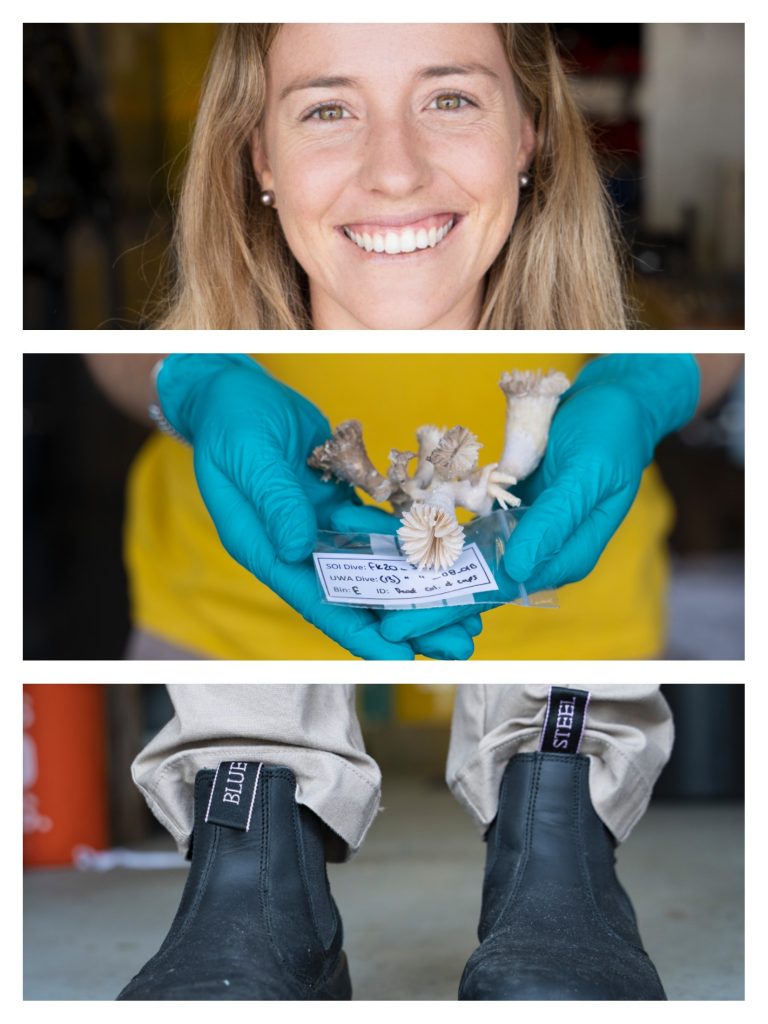
The first, essential, feature of this cruise is coral. We start with research scientist Taylor holding a bundle of Desmophyllum. These precious coral samples record the environmental conditions of the ocean at the time their skeletons formed. As we do not (currently) have access to a time machine on R/V Falkor, we rely on using a variety of corals to study past ocean conditions.
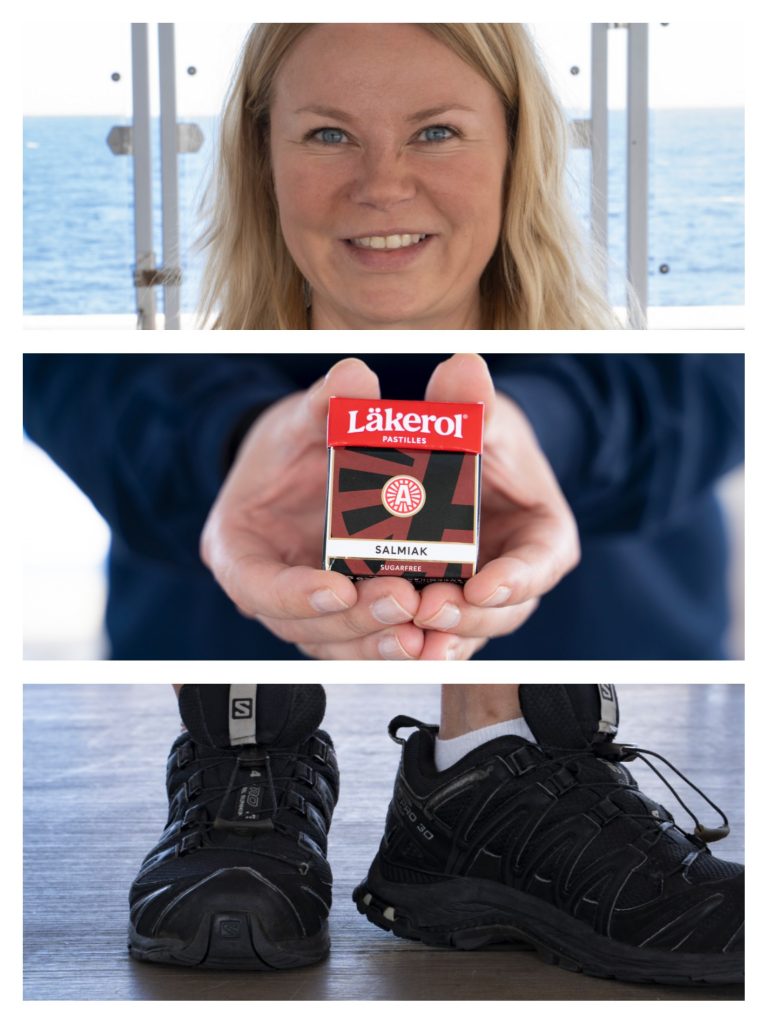
Leena is one of the Schmidt Ocean Institute’s pursers in charge of keeping R/V Falkor running smooth on research expeditions. When you are spending two months at sea, you need home comforts, and Leena can not survive without Licorice candies from Sweden. You are not able buy these unusual treats in Australia, possibly for good reason, they are a somewhat acquired taste…
Miro, R/V Falkor’s Chief Engineer on this cruise, alongside Dante and Albert: the super-talented fitters.
It is not just Scandinavian licorice that is hard to find at sea, it’s pretty much impossible to get things delivered out here. Often we are working many miles from land, and if something breaks, you have to figure out how to get around it to keep the vessel – or the scientific mission – on course. The engineering team have the equipment, knowledge and the desire to repair, replace or design new equipment to be used at sea.
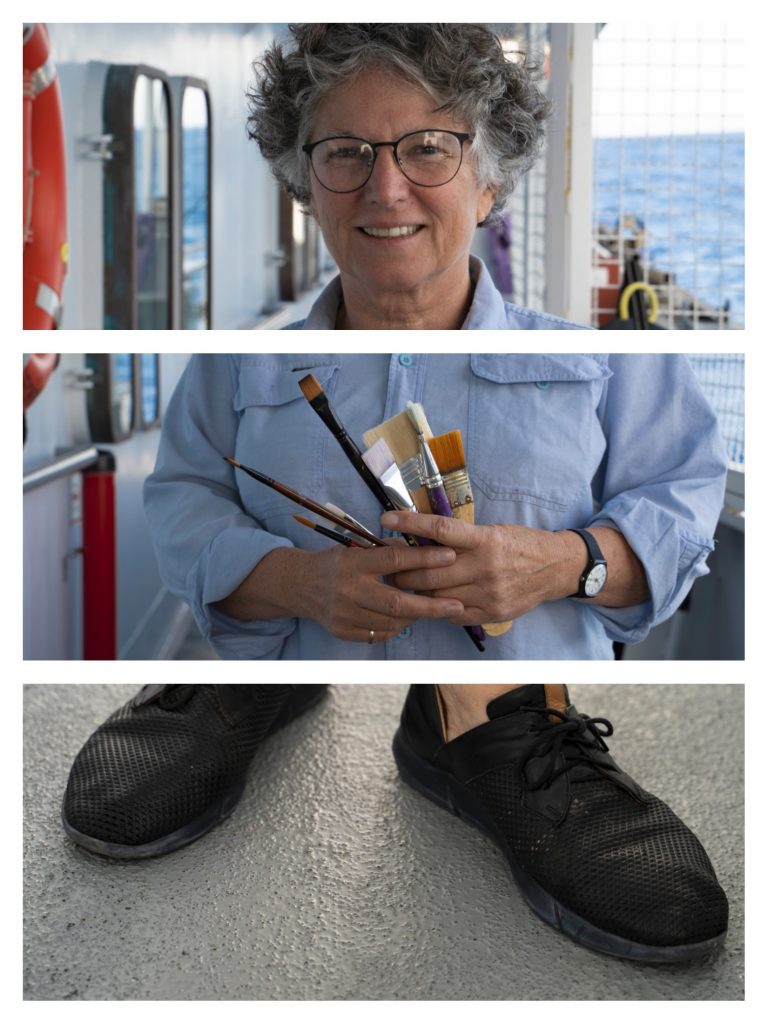
Angela Rossen is the expedition’s ‘Artist-at-Sea,’ a great program that connects artists and scientists in creative partnerships. Angela would be lost without her selection of paintbrushes. Her artwork draws attention to the stunning features of the ocean, as well as highlighting the importance of marine organisms that could be easily missed. She has been photographing the sample treasures from the deep and drawing inspiration from the unusual ways life has evolved in the dark ocean.

Todd is our resident fish expert and has not been disappointed by the vast diversity of cool aquatic creatures we have seen in the deep water canyons, he keeps a handy fish ID folder to help identify the unusual species we are encountering on this expedition. He can also consult his flip-flops (thongs in Australian parlance) for a couple of additional fish species.
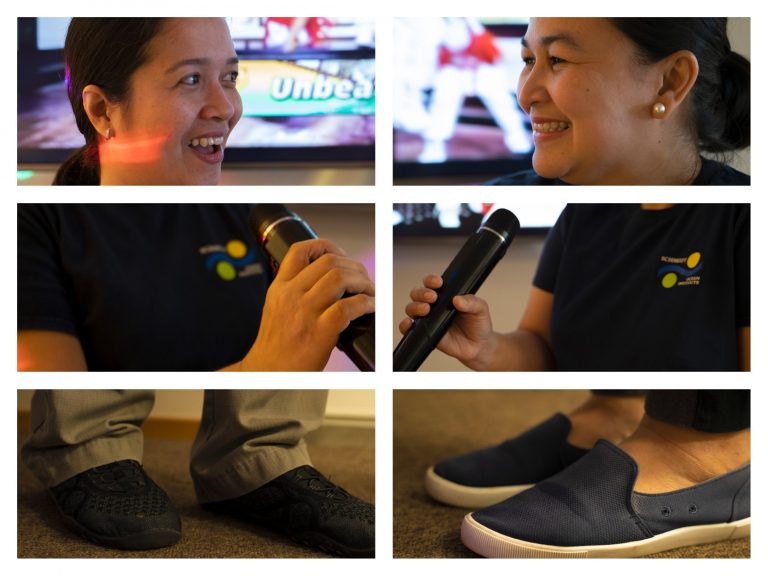
Our fantastic stewardesses Januarie and Raquel keep the ship in order, stocked and loaded with supplies and ensure we have a safe and healthy place to live and work. They also keep the team entertained after-hours with any excuse for a celebratory karaoke party. Any requests?
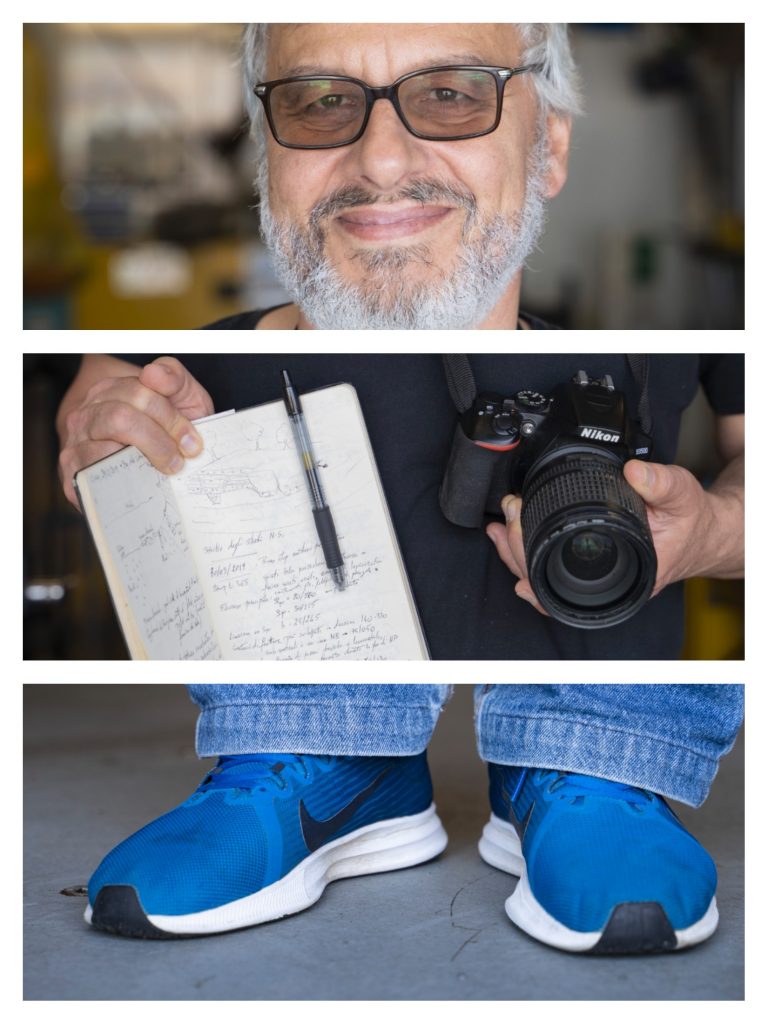
Claudio is a petrographer, the branch of science concerned with the composition and properties of rocks. He spends his days on the ship studying rock samples and evaluating the livestream for interesting features that might be missed by others. His notebook and camera are the ways he pays attention to the details in the deep.
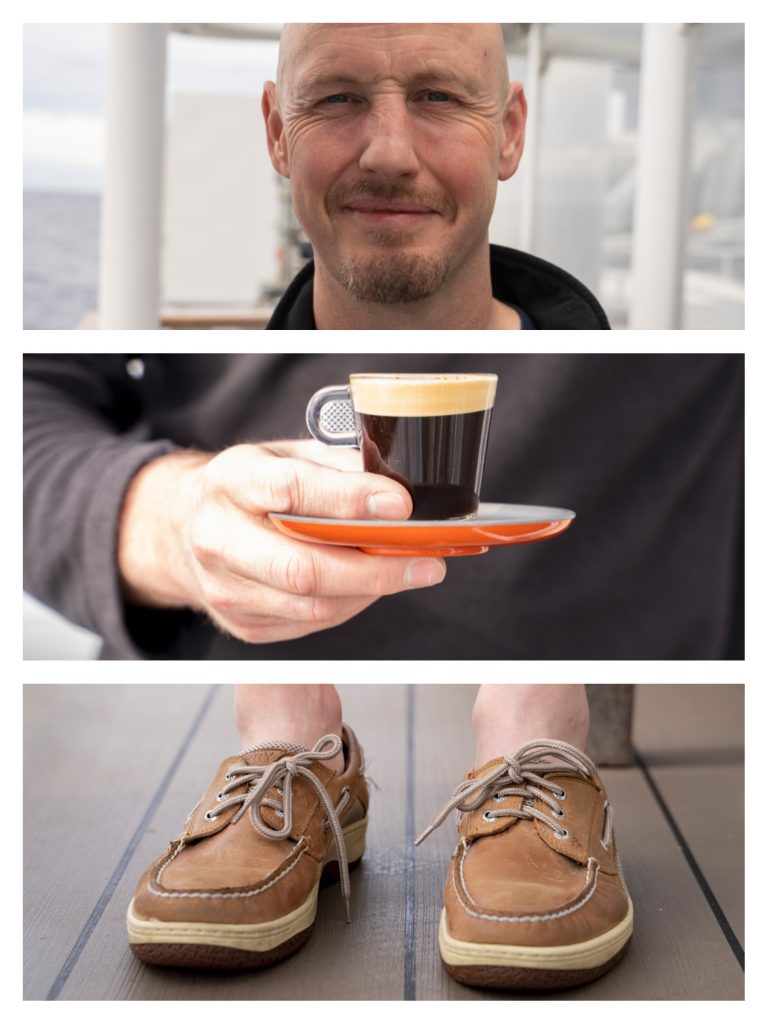
Captain Pete has to be alert first thing in the morning, reading the ever-changing conditions of the ocean and positioning the ship for a successful and safe ROV deployment, his essential item is that first early morning espresso.
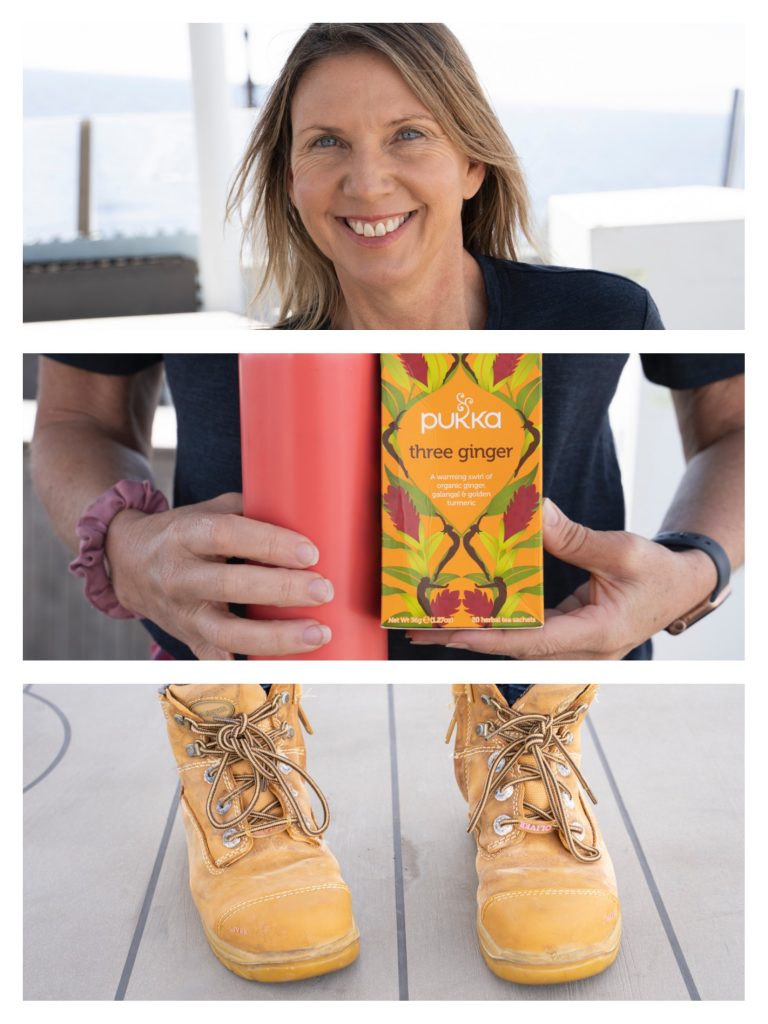
This is a two-leg research cruise and those who joined us for the second leg, such as research scientist Paula, had to hit the waves running. Ginger is an old maritime seasickness aid, and ginger tea is Paula’s weapon of choice to deal with the occasionally rough weather we have been getting in this part of the world.
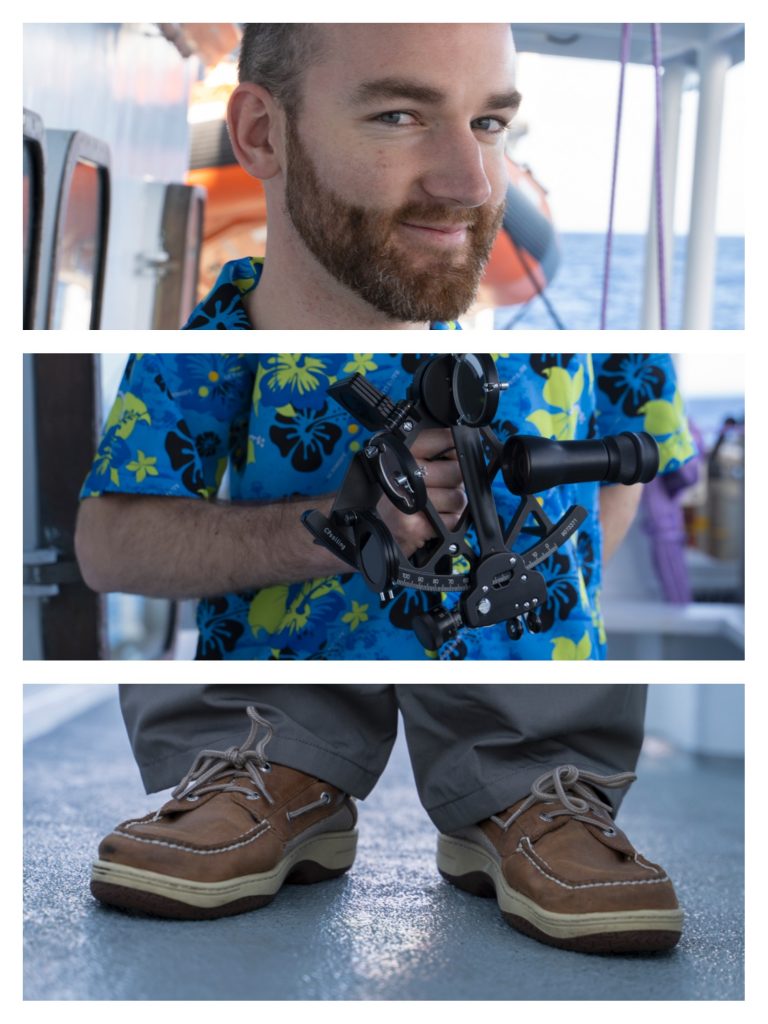
Al is the Chief Officer of the ship and he wanted to choose his laptop as an essential item (but laptops are banned from this project). He instead chose his sextant, which is a doubly reflecting navigation instrument that measures the angular distance between two visible objects. It would have been an essential item in the past to help sailors read the stars and navigate a mysterious ocean. Now we have the slightly more precise methods of GPS to help us, but if the satellites went down we would always have the stars and the sextant to guide us (though some of us might need to Google how to use the sextant…)
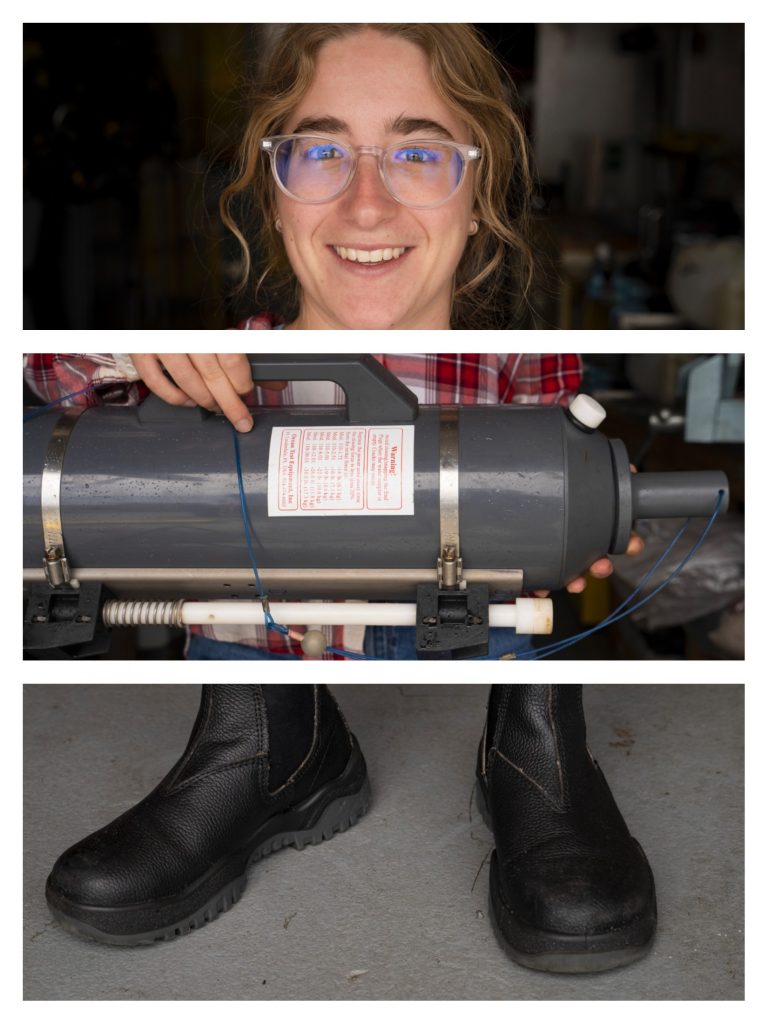
Jill chose a niskin bottle as her object, though at 20 litres it is a bit big to carry. These bottles get winched down into the deep ocean on the CTD rosette. We can remotely trigger the bottles to shut at different depths, collecting water in areas of interest. We use these samples to characterize the present day ocean with great scientific detail, including temperature, salinity, and pH, which are essential in reading the longer records of climate change preserved in the skeletons of corals.
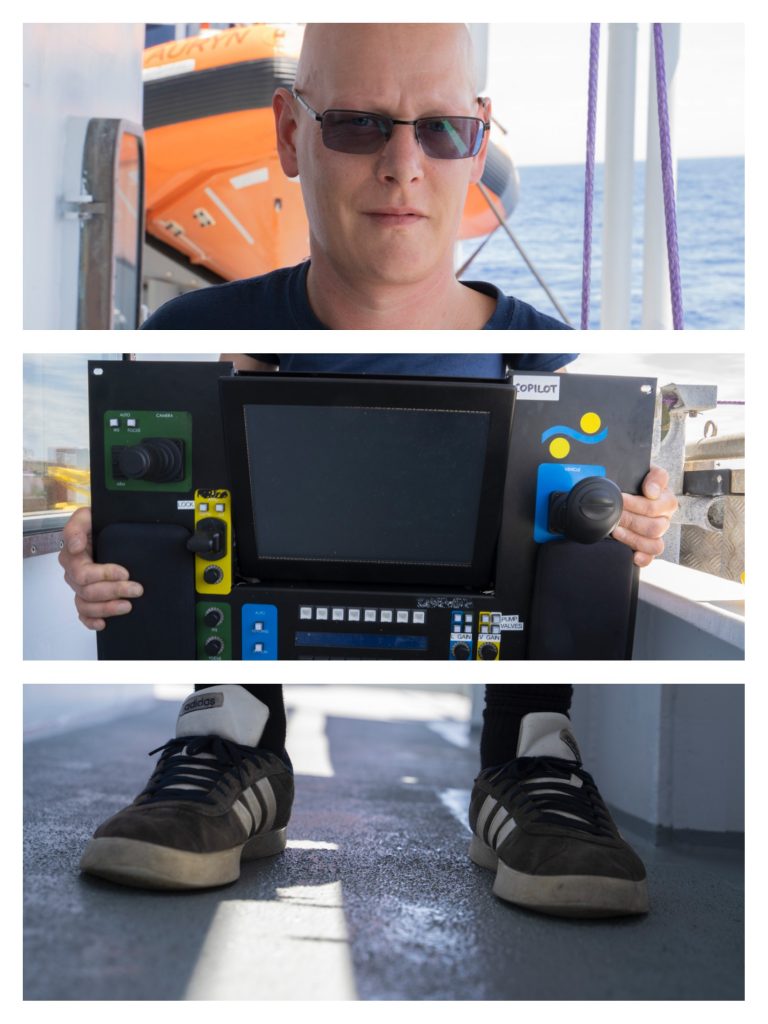
Russ is the lead ROV Supervisor and is responsible for robotic operations on this expedition. He has escaped the control room with one of the consoles used to control ROV SuBastian. The pilots have to work these controls and the manipulator arms for hours at a time and it is a huge effort of concentration. I am always amazed at the diverse mix of skills you need to run the ROV, including electrical, software, and mechanical engineering, as well as being able to demonstrate a delicate touch when collecting a precious sample, and strength when getting the ROV out of the water at the end of a dive.
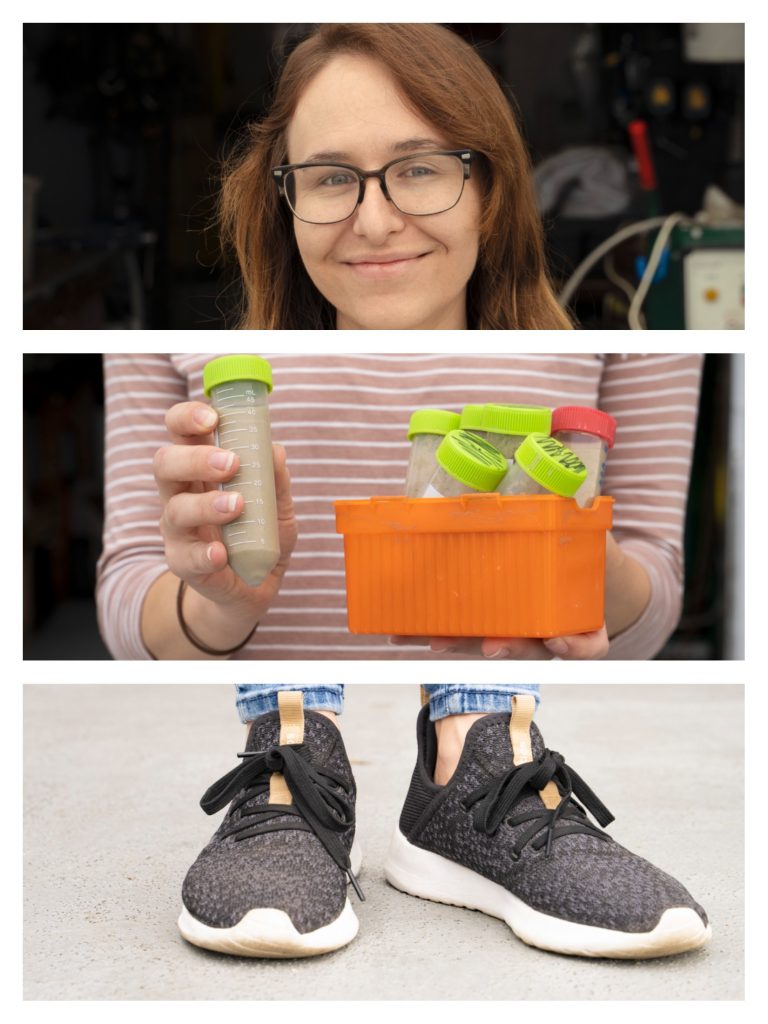
Kaycee’s essential item is mud, but it is precious, hard to reach, ancient mud from the bottom of the sea. We use core samples of the deep ocean sediment to analyze oceanic conditions over geologic timescales. Each of these vials contains a slice of time; layer by layer of sediment we go deeper into the past and we can read their chemistry to understand changes in the ocean environment.
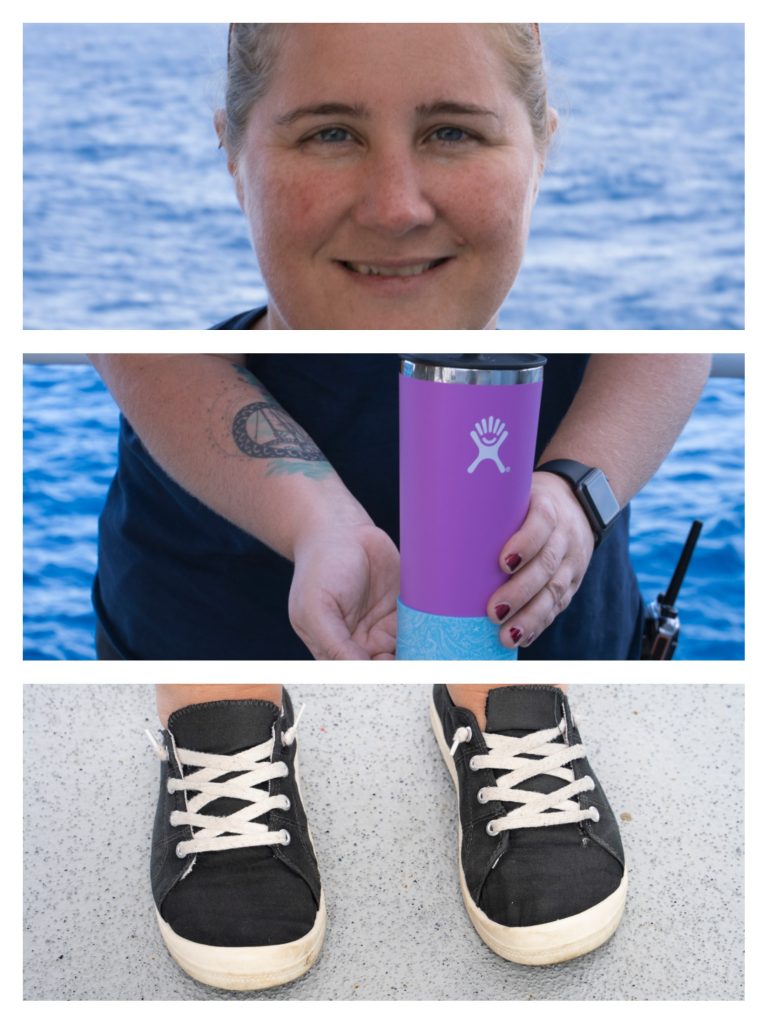
Deb is the Marine Tech who is working the overnight shift on R/V Falkor on this expedition. Science never sleeps and Deb runs mapping operations through the night to help the science team ensure they have the most effective dive sites to visit in the morning. This means a pink flask of hot tea is an essential item to get through the midnight shift.
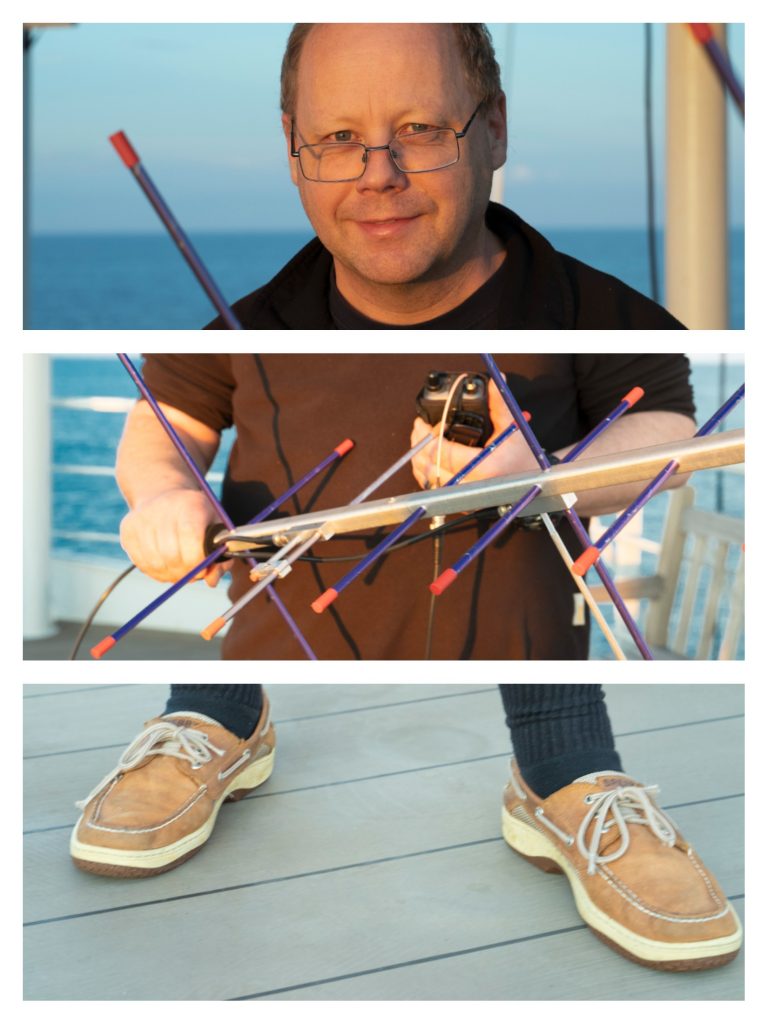
Lead Marine Tech Jimbo is used to keeping everyone connected on the ship. As his personal item he travels with an antenna and transceiver to connect with people off the ship too. Using VHF and UHF he can talk to other ham radio users whilst they are in the same satellite footprint. It’s even possible to use this technology to reach the International Space Station.
Thanks to all the other fantastic crew on the R/V Falkor who make these expeditions such a success: from the bridge, via the kitchen, down to the engine room – they fuel the project and are all essential to doing science at sea!
